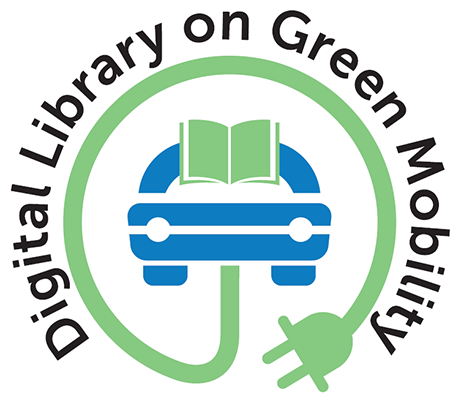Environmental Impact of the Second Life of an Automotive Battery: Reuse and Repurpose Based on Ageing Tests
Publication Year: 2022
Author(s): Philippot M, Costa D, Hosen M.S, Senécat A, Brouwers E, Nanini-Maury E, Van Mierlo J, Messagie M
Abstract:
The market for electric vehicles (EVs) is expanding, which raises interest in used batteries and makes it crucial to comprehend how these factors affect the environment. This study assesses a nickel manganese cobalt (NMC)–lithium titanate oxide (LTO) battery using the life cycle assessment (LCA) methodology, considering two scenarios for the second life of the battery: the reuse in an EV or its repurpose as stationary storage for energy generated from photovoltaic panels in a Belgian household. Different from the current studies available in the scientific literature, a multidisciplinary approach is adopted. The study includes primary data from ageing tests conducted in a laboratory. A test campaign is performed on new cells to develop a semiempirical NMC-LTO battery model. Other tests are performed on aged cells to evaluate the feasibility of their second life. These long-lasting cells prove to be suitable for reuse, up to 408000 km or 10 years of repurposing as stationary storage. The LCA demonstrates that the second life of the battery is beneficial under certain conditions. The impact of the reuse and repurpose scenarios on climate change are 0.27 kgCO2eq/kWh and 0.22 kgCO2eq/kWh, respectively. Reuse in a vehicle reduces the impact in eight categories, where the manufacturing stage represents more than 54% of the impact. In countries with an electricity mix below 113 gCO2eq/kWh, reuse decreases the impact on climate change. Due to the balance between efficiency loss compared to a new battery and avoided battery production, repurposing reduces the impact on climate change and acidification by 16% and 25%, respectively. The interest in repurposing is higher when the second life duration is higher. The share of batteries that withstand second life is also a critical parameter but highly depends on the battery chemistry and first use conditions.
Source of Publication: Journal of Cleaner Production
Vol/Issue: 366, 132872
DOI No.: 10.1016/j.jclepro.2022.132872
Publisher/Organisation: Elsevier Ltd.
Rights: Elsevier Ltd.
URL:
https://www.sciencedirect.com/science/article/abs/pii/S0959652622024659
Theme: Battery Technology | Subtheme: Recycling batteries
Related Documents
Books
Battery Management Algorithm for Electric Vehicles
Published Year: 2020
Abstract:
This book provides a comprehensive descriptions of, model-based state estimation methods and i... Read More
Reports
Transport at COP25
Published Year: 2019
Abstract:
The SLOCAT Partnership on Sustainable, Low Carbon Transport, on behalf of the PPMC, has releas... Read More
Reports
Abstract:
This report was produced by Koike, a participant of the Young Leaders in Sustainable Transport... Read More



